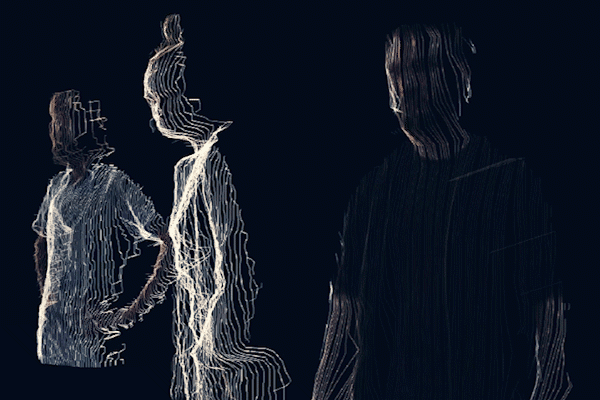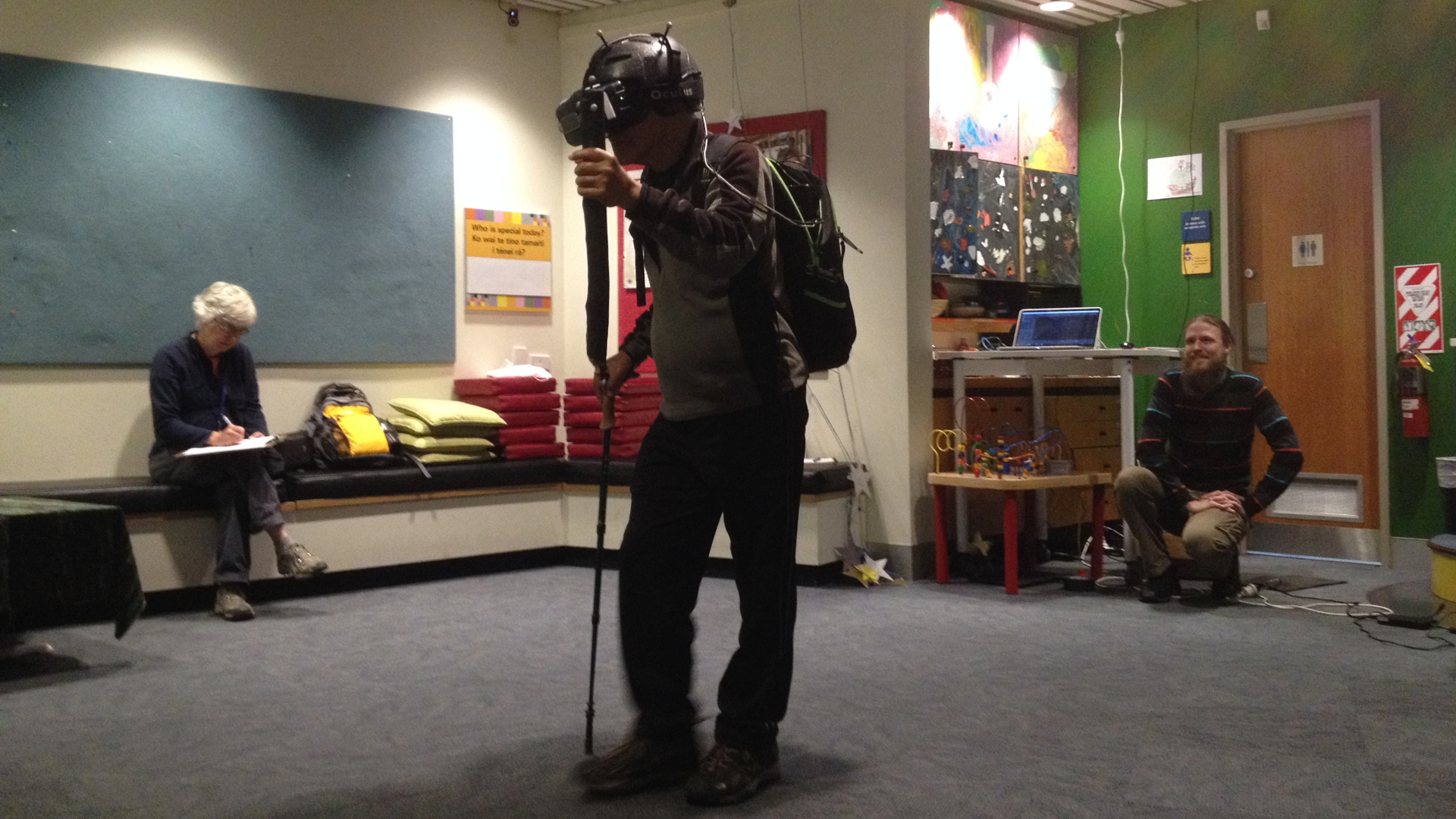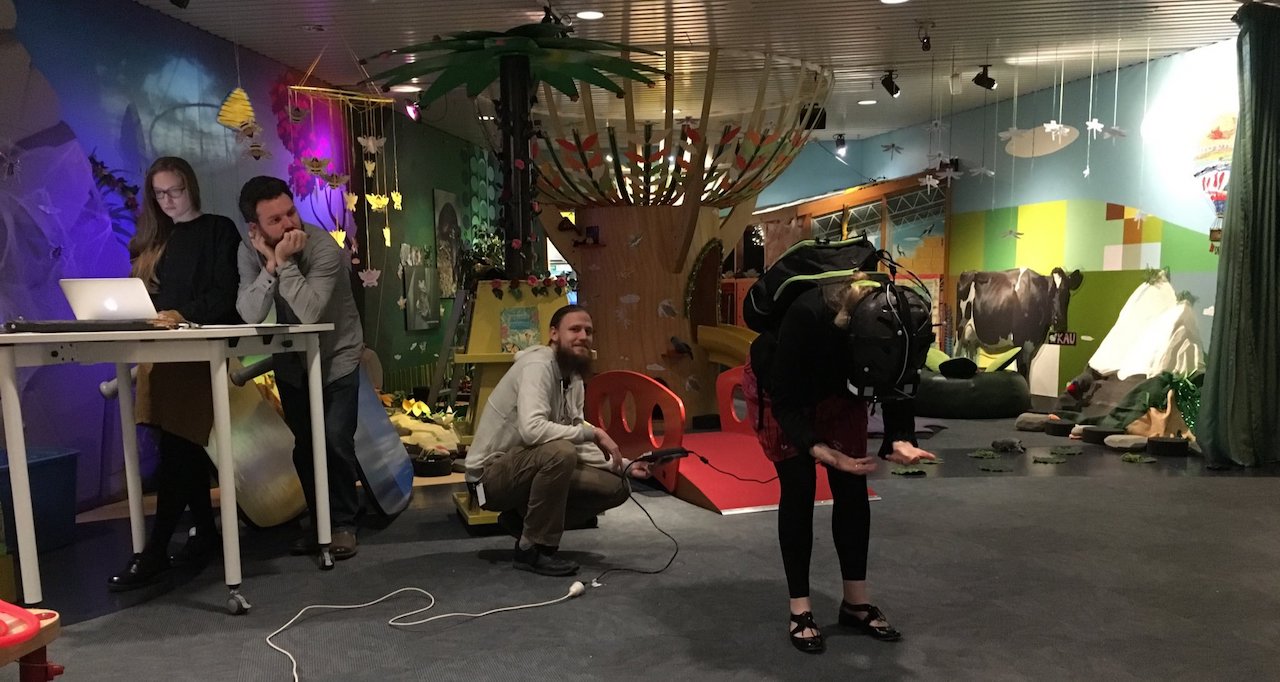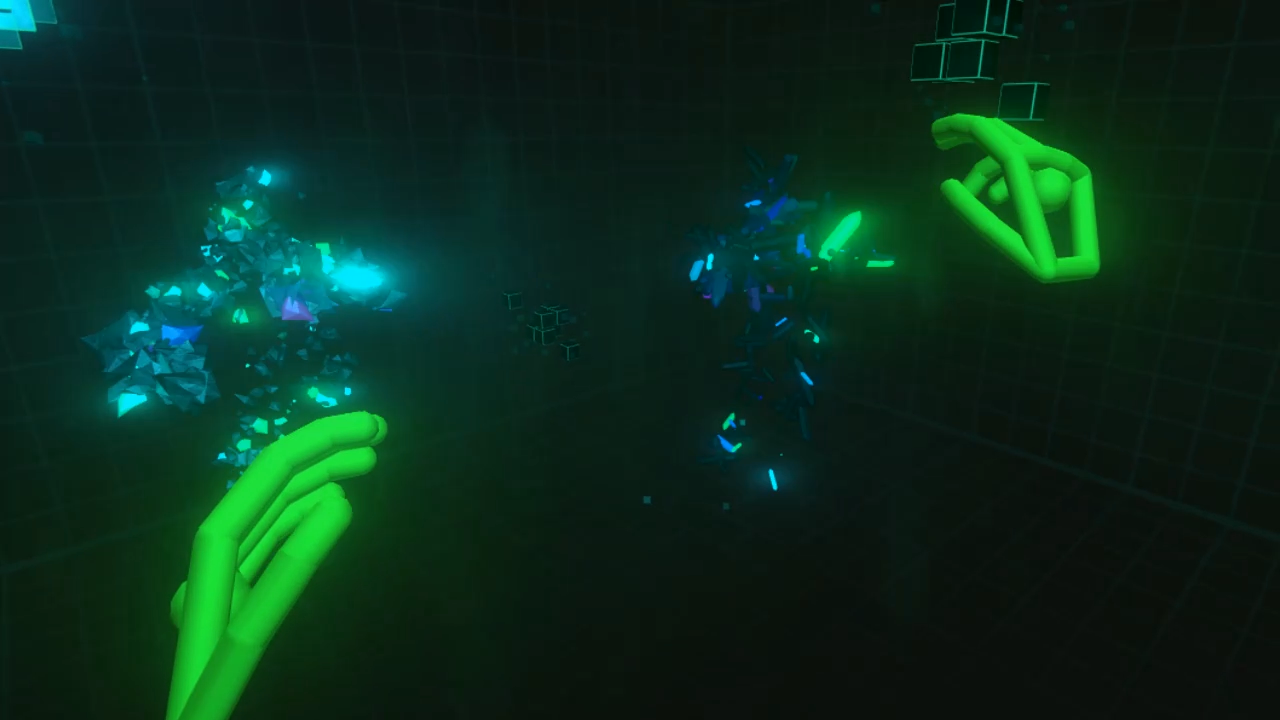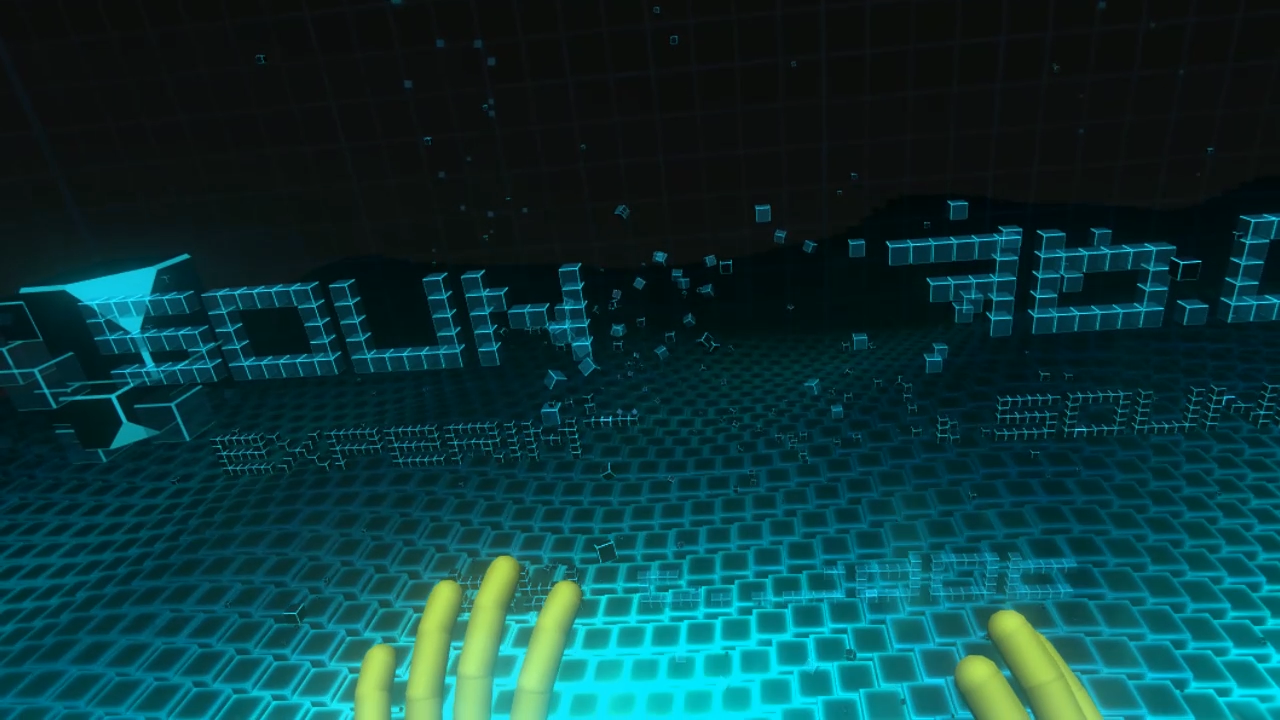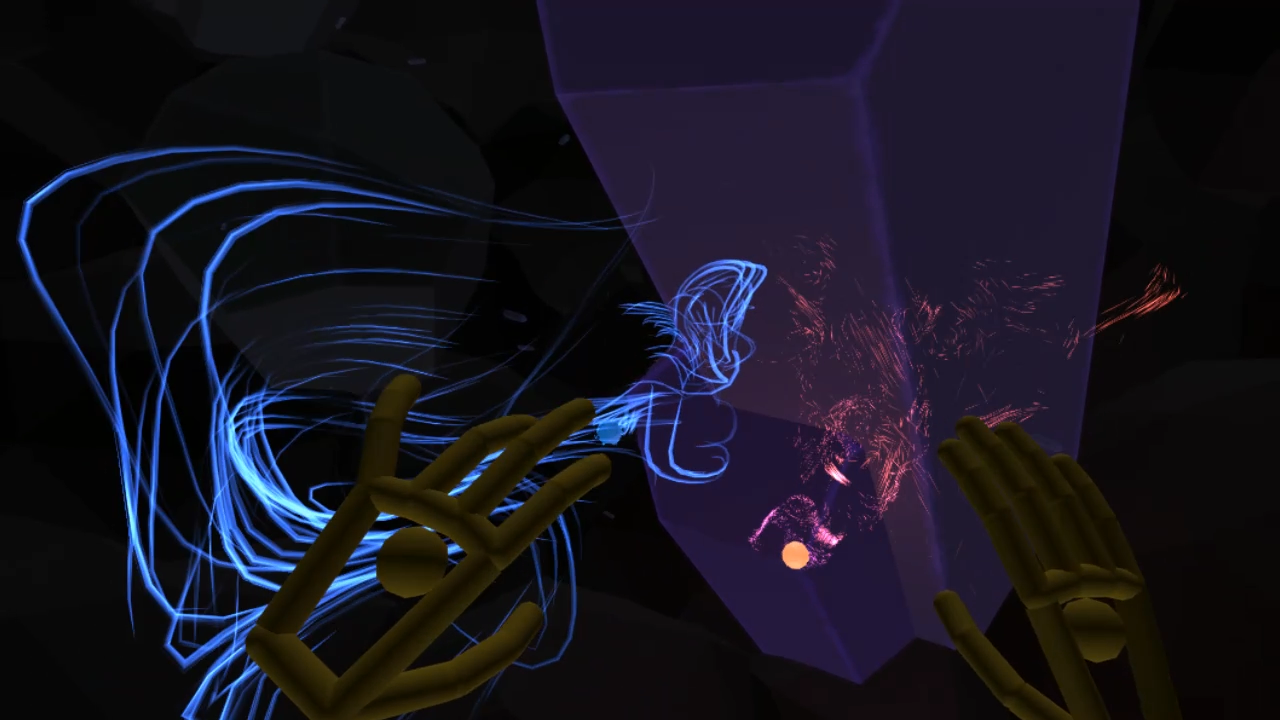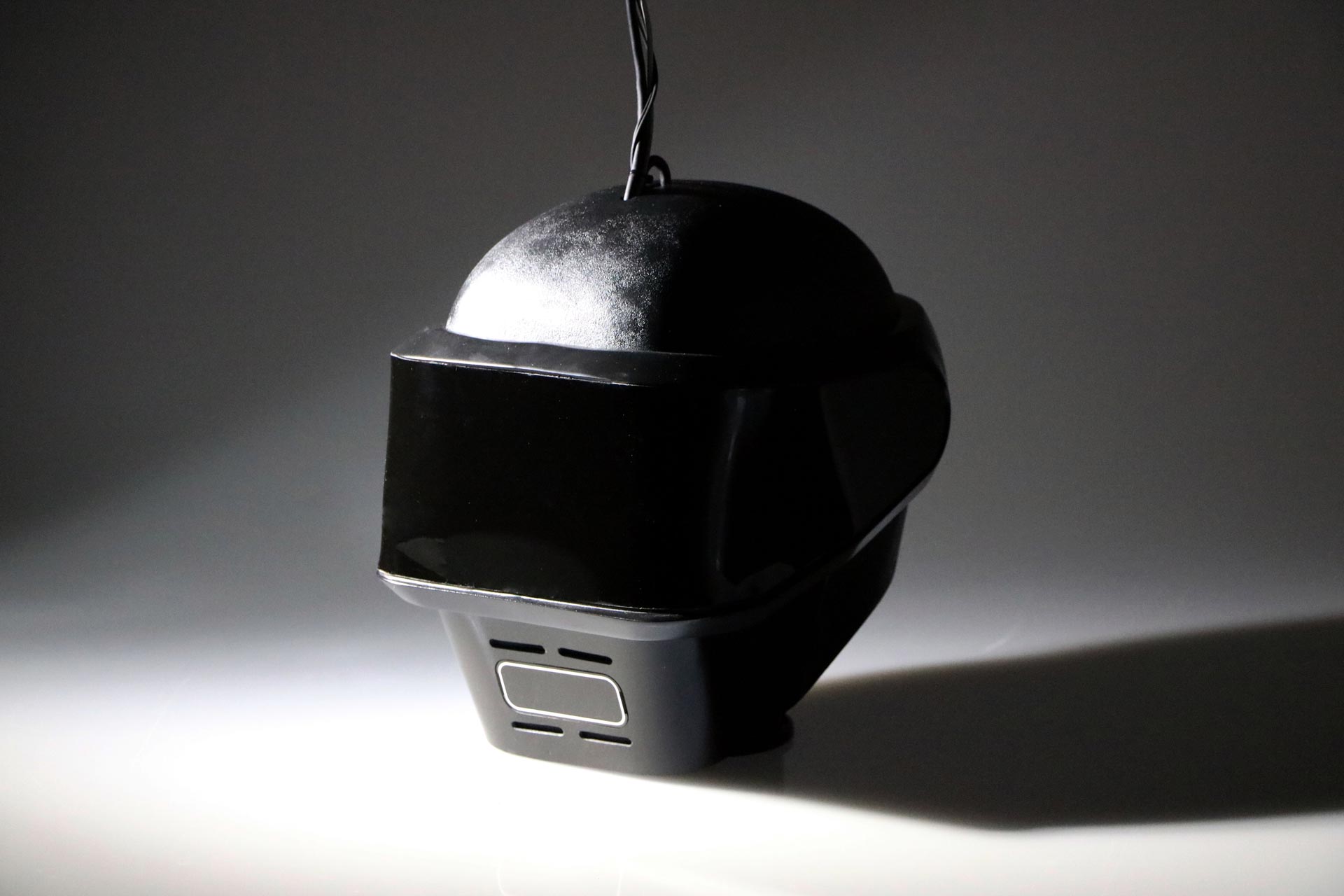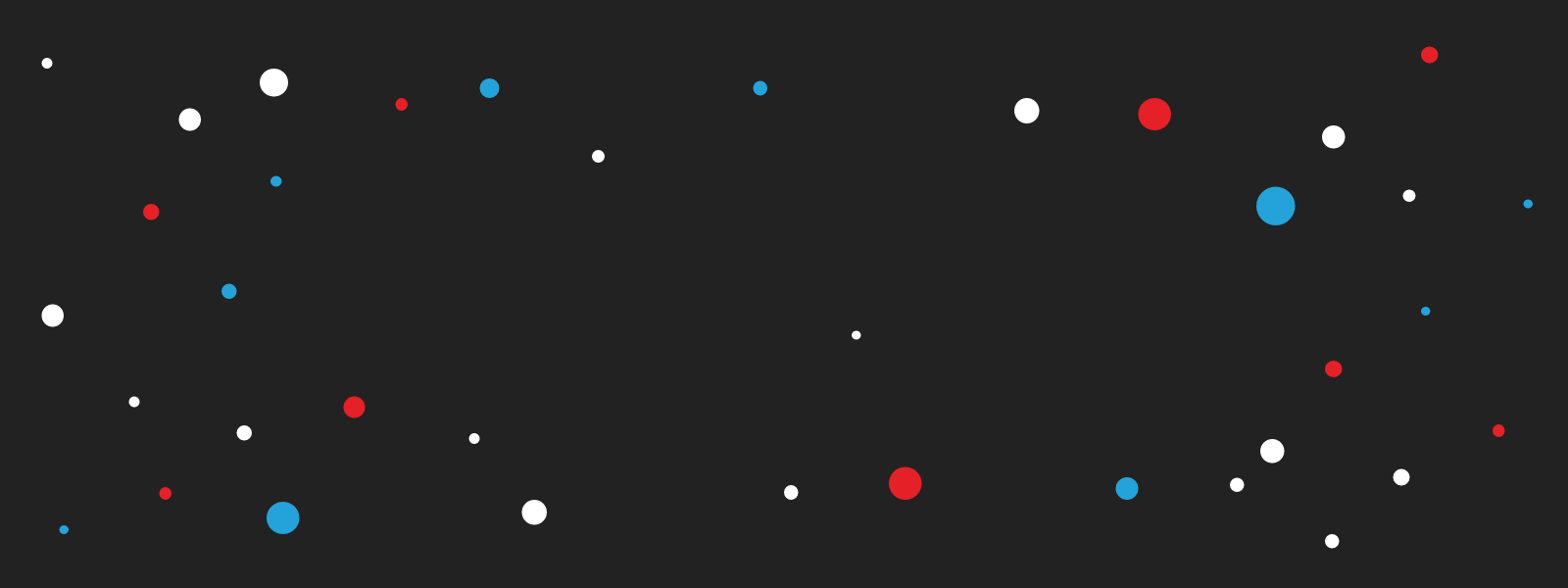
NEW INC Series: Meet DOTDOT
Virtual Reality has a lot of potential, but it’s sometimes reduced to tech bling. While augmented, virtual and mixed reality is finding its footing in terms of the technology, use cases and outcomes across industries, these immersive experiences are also evolving to find their fit within cultural and educational spaces. So, we were thrilled to make the acquaintance of DOTDOT, thought leaders propelling forward this conversation across both the education and museum sectors.
Samantha Diamond, CultureConnect’s CEO, met Chris White and Kate Stevenson, the founders of DOTDOT design studio at NEW INC, the arts-tech-design incubator housed in the New Museum in NYC where they were demo’ing their platform solution for building and publishing VR experiences. As they are taking a similar ‘platform solution approach’ as CultureConnect, Samantha immediately sat down with her kindred tech spirits, Chris and Kate, to learn more about how they are taking this cutting-edge technology and making it accessible and scalable for all cultural institutions.
This is the third in a series of interviews with the NEW INC community highlighting cutting-edge technology, innovative design, and practical application.
THE INTERVIEW
SD: Tell us about the team behind DOTDOT.
We [Chris White and Kate Stevenson] founded DOTDOT in 2014, and our third founder and CTO, Jacques Foottit, joined us in 2016.
Each of us have a multi-disciplinary background: Kate is a creative producer, game designer and experiential director with a background across live performance, multiplayer gaming and documentary filmmaking. Chris’s education ranges from medicine to design, architecture to psychology, finally graduating with a Masters degree in film direction. Jacques is an experienced creative hardware and software engineer who likes to explore the intersection of technology, art, and science.
SD: What inspired you to found DOTDOT?
We founded DOTDOT to focus on creating real world experiences that use principles of game design for positive impact. Before DOTDOT we built and ran a game studio focused on improving children’s lives through games and we wanted to bring those learnings into the physical world.
While DOTDOT started as a creative studio designing and building immersive installations for museums and other public spaces, we’ve evolved to focus on virtual reality experiences in these environments.
As a rule we think technology should be invisible, so that the benefit of that technology feels more like magic and less like a barrier to engaging with the content or each other.
SD: Why work with museums and cultural organizations, in particular?
We love creating experiences with museums because as a studio we prefer designing content that has a clear public benefit, and is made publicly available.
SD: We had the privilege of seeing your presentation on Demo Day. Tell us about your work in VR and immersive environments, and your plans to productize this technology?
It’s commonly accepted that virtual reality holds a lot of potential for cultural institutions to deliver impactful stories, but the challenges that come with the technology – isolating experiences, slow throughput, overhead of needing a host to onboard visitors – mean that it is often overlooked as a solution. As part of the NEW INC Museum Technology Track funded by the Knight Foundation we have been developing solutions to overcome these challenges, rethinking the hardware, software, maintenance and payment model for virtual reality in museums. (Check out DOTDOT’s VR for Museums Case Study here)
Our solution is a multiplayer experience in which visitors can see one another and walk around and touch what they see in the virtual world. For a modest monthly fee we provide the equipment, maintenance, staff training and regularly updated content so that all the museum or institution needs to provide is space, power and hosts. We’d love to talk to anyone interested in trialling this kind of content within their museum or institution [contact info below!].
SD: Show and tell! What are these videos?
This first video is a 60 second teaser showcasing a handful of examples of VR in action. It includes a variety of types of VR experiences – after-all it’s not just one thing!
DOTDOT | VIRTUAL REALITY from DOTDOT on Vimeo.
This second video demonstrates a virtual reality investigation into sound and musical creativity called SoundLab. The first thing the user notices is that they can see and use their hands. Each experiment treats sound in a different way. In one scene sounds are pinned to objects in space that can be activated with projectiles. In another the user is invited to create sounds with a pinch of their fingers, and arrange a sonic composition around themselves in 3D space. SoundLab was featured at the Audio Foundation Gallery and exhibited at the Story Edge World Exhibition and the World of Play and Wonder Festival.
SOUNDLAB by DotDot from DOTDOT on Vimeo.
SD: We know that your team seeks to use technology to encourage social interaction. Sometimes there is a fear that technology means people will get lost in their screens and not connect with the museum and other guests. How do you keep people engaged and interacting with each other and in the physical spaces?
As a rule we think technology should be invisible, so that the benefit of that technology feels more like magic and less like a barrier to engaging with the content or each other. We also like to design our experiences to give visitors a sense of purpose within the context of an installation, and where possible a shared purpose for all visitors.
For example, our latest work – the Climate Converter – is a safe space to explore the issues of climate change and collectively learn how we can help mitigate change. Climate Converter launched at Museum of New Zealand Te Papa Tongarewa (Te Papa) in May 2019 and will be on display for the next 10 years.
SD: Where do you see opportunities for museums to use AR and VR now?
VR is great if you are looking to immerse visitors in a first person experience that is otherwise impossible, too dangerous or prohibitively expensive. By contrast, AR is great if there are aspects of the real world environment that you are looking to reveal or add meaning to.
Our first augmented reality installation for museums was in 2016 for a permanent exhibition about automobiles. Visitors can pick up one of two iPads next to an actual four stroke car engine and the augmented reality creates the illusion that you can see through the metal casing and examine the inner workings of the engine.
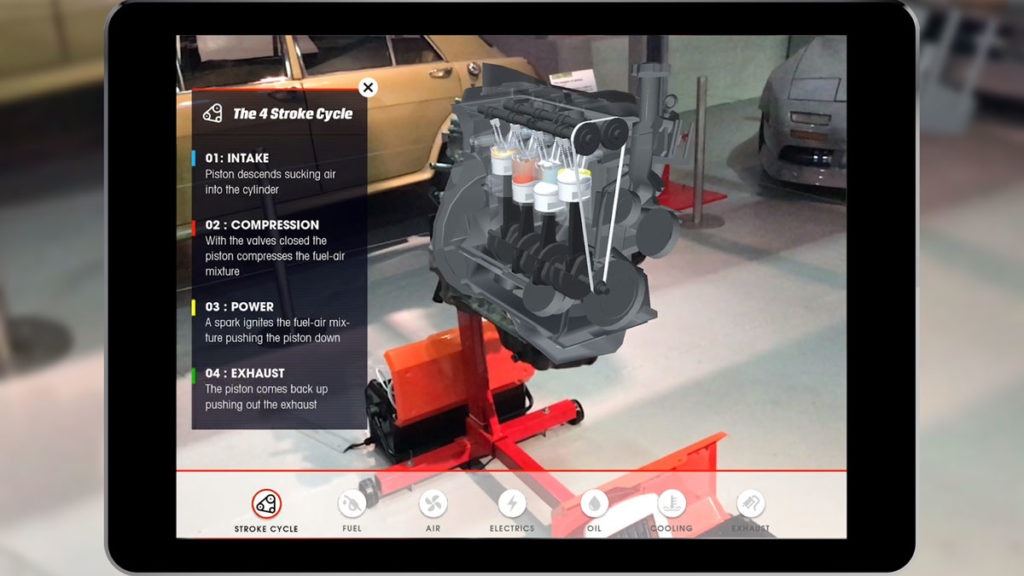
SD: What immersive technologies do you see as maturing in the near future?
Spatial, immersive audio
Augmented reality audio is when you can move through 3D space and hear things that aren’t there as if they are located in a specific place in the room. It’s a powerful technology that can add a layer of immersiveness and context to collection items without putting a screen in front of your face, and while still retaining the ability for visitors to talk amongst themselves. We showcased one such experience at the documentary film festival IDFA last year that allows people to walk alongside pilgrims and hear their stories in a very personal way.
Personalized experiences
As positional tracking technology improves and the cost comes down there are more and more opportunities for personalized experiences at museums. Things like guided tours specifically tailored to your interests – drawing links between collection items that might not otherwise be obvious.
Immersive theater meets museum content
Time for hosts to step up their acting game. With improvements in tracking we can start to create multiplayer networked experiences that let visitors play a role in the content. Interested in the Apollo mission? Why not experience it from a console at Space Center Houston where you have a role to play.
What does DOTDOT do now? What are you looking to accomplish in the next year or two?
In addition to our work for clients we have our own disciplined practice of prototyping, designing and creating with the latest technologies so that we can push the boundaries of what is possible. Our current areas of research includes AI bots, augmented reality, holographic displays and multiplayer virtual reality storytelling.
About DOTDOT:
DOTDOT is a creative studio that designs and builds immersive installations for museums, galleries and public spaces. They are storytellers, artists, software developers, game designers, and hardware manufacturers working together to create the most immersive experiences possible.
Sign up to our newsletter for updates: www.dotdot.studio/contact
Follow our escapades on Instagram: www.instagram.com/dotdot_inc
Or get in touch if you’d like to talk about our work or a potential collaboration: kate@dotdot.email
